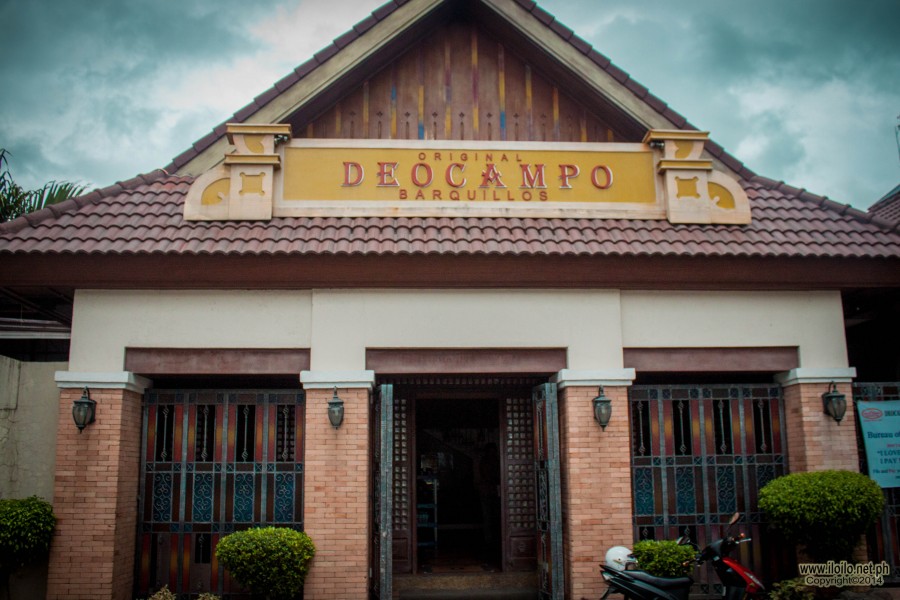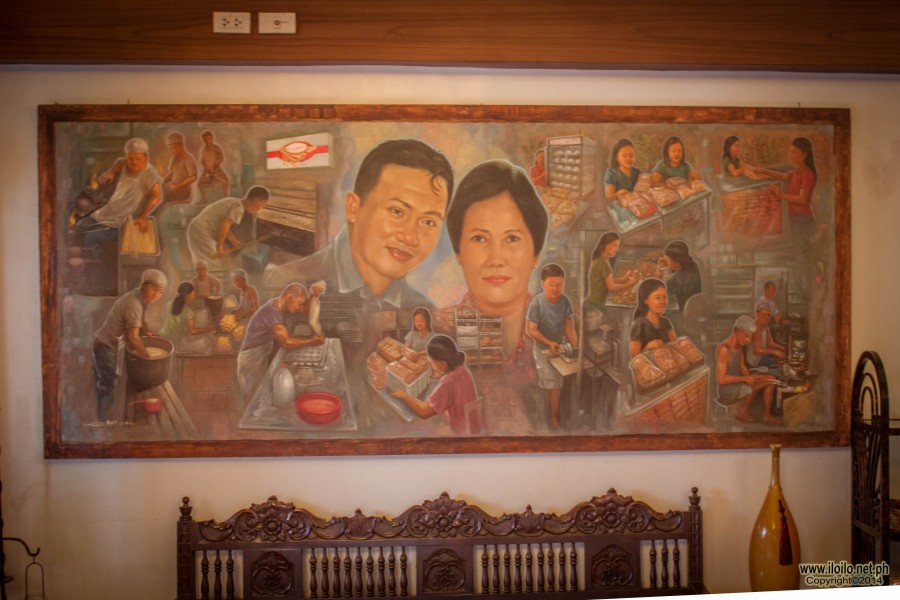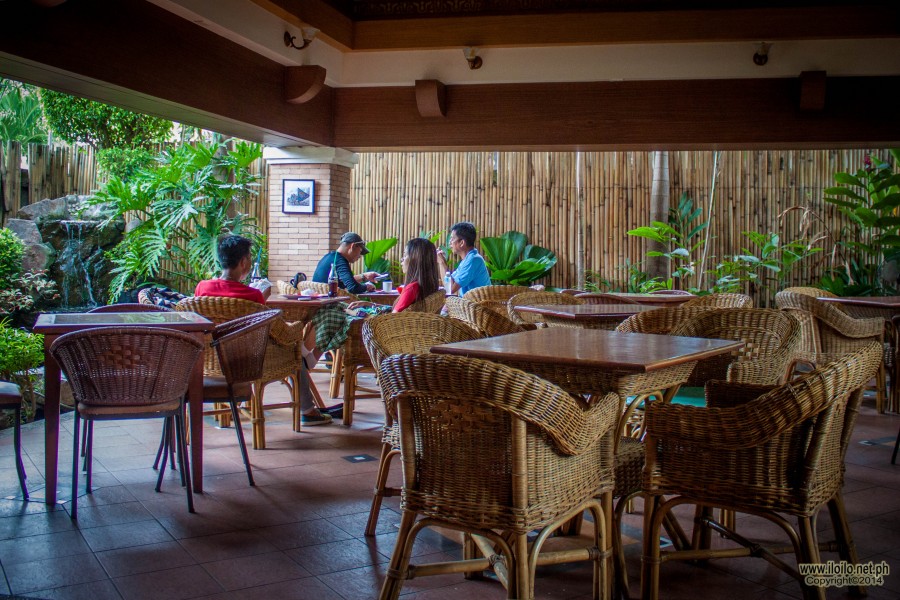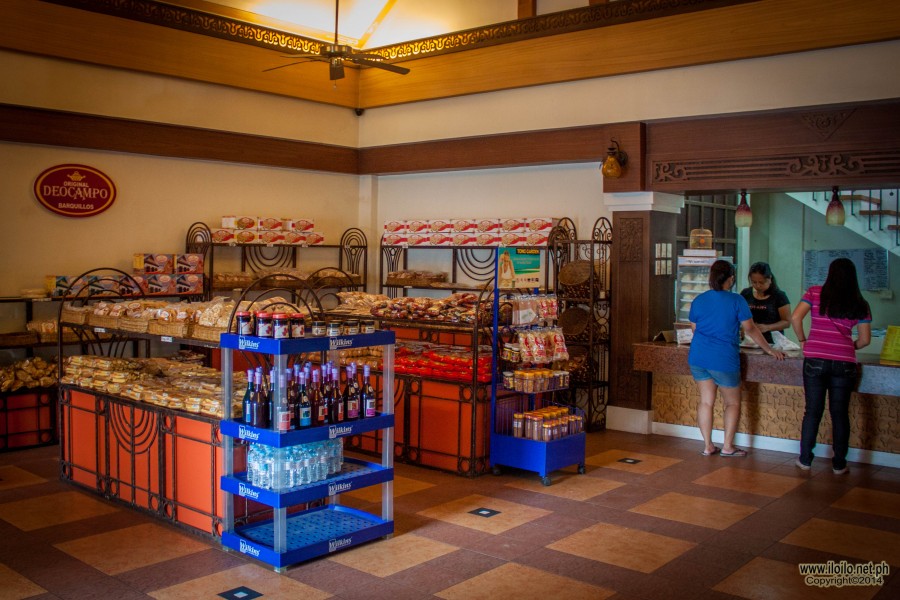Deocampo: The Original Barquillos
I do not know if other Filipinos in other regions are also fond of pasalubongs, but Iloilo certainly has A LOT to offer, when it comes to take home delicacies. Each pasalubong centre has a specialty. Iloilo is not only the home of the best biscocho and butterscotch, but it is also home of one favourite snacks which is the usual escort of a bowl of halo-halo or cup of ice cream: Barquillos. Deocampo offers the tastiest- the sweetest and every-crumb-is-worth-picking-up- barquillos.
Barquillos are one of the innumerable influences of the Spaniards. These are thin rolled cookies. In the whole archipelago of the Philippines, Iloilo stands out for serving the first and most popular barquillos.
How are barquillos made
Barquillos are made from the most basic ingredients: milk, sugar, flour, eggs, butter, vanilla, cooking oil, and water. They are made by pouring a thin batter onto a wafer iron or what they call as the barquillera. A barquillera is made of two flat and smooth pan on top of a stove. As soon as it turns into light brown, which takes about 20 seconds, it is then rolled while still hot. When it cools down, the finish product is a rod-like crispy rolled cookie.
Making barquillos requires tedious manual work. Being careful with the amount of batter is the most crucial part. If it is too light, it will burn easily, and if it is too thick, it will melt.
The sweetness of this delicacy can be attributed to the milk being used. Originally, fresh cow’s milk was used but later on they found out that goat’s milk makes the taste richer and elicits a nicer aroma. While some stores offer barquillos in ube and pandan flavour, Deocampo sticks to their original recipe. However, if ordered in bulk, they are willing to make flavoured barquillos.
The Deocampo Story
Alicia Deocampo, the granddaughter remembers vividly that her grandparents asked all of them not to put into waste whatever food they have. They are fond of experimenting whatever raw ingredients that have which led them to discover something yummy when they added milk and sugar into an “ostya” recipe.
 In 1898, Mr. Jose and Mrs. Bessie Deocampo, the grandparents, brought barquillos to our lives. According to Alicia, she would wake up early in the morning to help out together with her parents. Before, they only cater clients ordering in bulk. Alicia proudly remembers that they did not get a loan to start and support the business’ growth. They did it slowly but surely. Their main branch found in Jaro used to be a rented space. With their harmonious relationship with the tenant, the lot was later on sold to their family at a lesser price. As time goes by, they ventured on new delicacies and with Alicia’s heart in to their family business; Deocampo has become the Deocampo that it is today.
In 1898, Mr. Jose and Mrs. Bessie Deocampo, the grandparents, brought barquillos to our lives. According to Alicia, she would wake up early in the morning to help out together with her parents. Before, they only cater clients ordering in bulk. Alicia proudly remembers that they did not get a loan to start and support the business’ growth. They did it slowly but surely. Their main branch found in Jaro used to be a rented space. With their harmonious relationship with the tenant, the lot was later on sold to their family at a lesser price. As time goes by, they ventured on new delicacies and with Alicia’s heart in to their family business; Deocampo has become the Deocampo that it is today.
Deocampo Today
When they already have perfected their barquillos, they had to offer something more and new to their customers. Banana cracker was there second product. In the 80’s, one of their best sellers, the toasted mammon was added to the list. They have their own version of the pinagsugbo, biscocho, pasencia (must try!) – when I bought it, I said to myself: “a snacks I could share.”, because there seemed to be a lot, but when I started munching on them, I was surprised that I finished it all by myself. Now, you can fill up a box or more with the different products they have which your friends and family and even you will surely love.
Do not miss out on their first non-baked product, the Deocampo siopao – this is sold out most of the time. You can also try their banadas, piaya, kinihad, butterscotch, ugoy-ugoy, pulceras, lubid-lubid and a lot more! I cannot imagine how their crispy barquillos brought them to where they are now. All their hard work really has paid off.
There are a number of Deocampo shops around Iloilo City now, but the main branch is located along Sta. Isabel Street in Jaro – where it all began. Before you go home, make sure you can drop by in one of their stalls and bring a piece of the city of love to the people you love the most.






